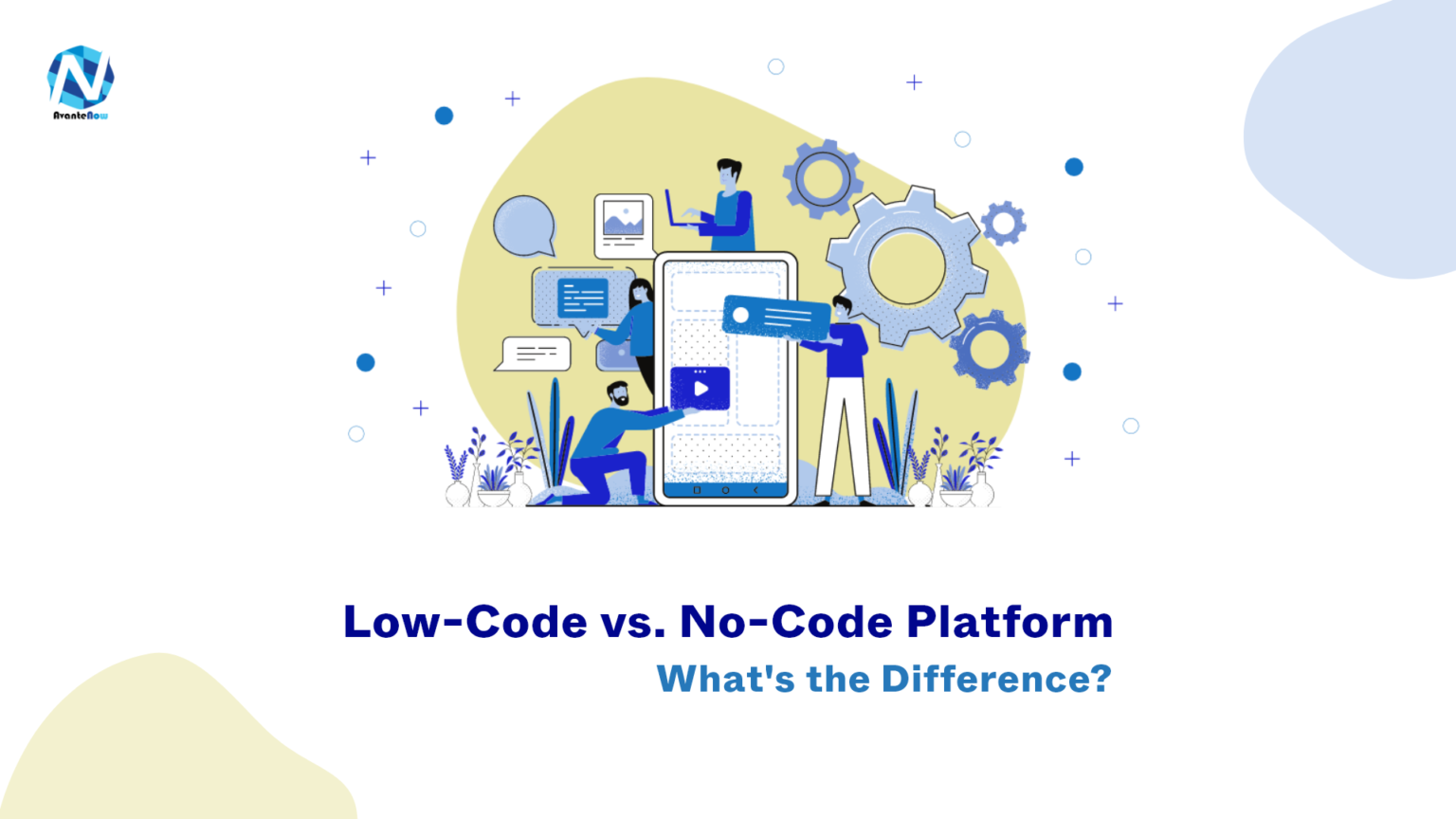Programming has become much more accessible to the general public thanks to the growth of low-code and no-code platforms. These platforms started to democratize software creation because not everyone has the chance to learn how to code.
The current technology sector has recently experienced a speedy digital revolution. The use of cutting-edge digital technology to enhance an organization’s operations is referred to as “digital transformation,” which is a catch-all phrase. Businesses competing in today’s quick-paced environment now place a greater emphasis on digital transformation.
To remain competitive, businesses must adjust to the shifting technical environment and embrace digital transformation in the IT industry at an even faster speed. As a result, every level of an organization’s daily operations and procedures has changed. The impact of digital transformation on business relationships with consumers, the efficiency of transportation, production, sales channels, and even marketing!
What is Low-Code automation?
Low-code automation is a term used to describe software that enables business teams to create and automate their processes and workflows without having any prior coding knowledge or experience. Changes and functionalities are instead accessed through a visual interface. Low-code automation has the effect of accelerating scalability and shortening development times.
Low-code automation platforms let users automate application processes with little or no coding experience. The most prominent modules are typically incorporated through visual modules, making it simple and quick for people to use them. When conducting complicated or particular interactions, however, coding expertise is required.
Typically, people with programming experience and who want to accelerate their automation projects use them. Although non-technical people may use low-code automation systems, it’s important to keep in mind that a technical person will always be needed because most automation projects require some coding at some time.
Low-code workflow automation, low-code business process automation (BPA) solutions and low-code automation are all terms that can be used interchangeably.
What is No-Code automation?
No-code technology enables companies to satisfy the ever-increasing demand for software in an era when the demand for software solutions outpaces the pool of qualified developers. The ability to drive innovation and create enterprise-grade web solutions without having any coding experience is giving regular users—whether they are developers or not—more influence.
No-code solutions have leveled the “playing field” in the digital world and made it simpler for companies to respond rapidly to change. As a result, teams now possess the skill set needed to produce agile business technology solutions instead of just software developers.
Low-code vs. No-code automation: Key differences
The terms no-code automation and low-code automation are occasionally used synonymously. The distinction between low-code and no-code is minor, largely a matter of semantics, however, it mainly depends on the user’s perspective.
- Application integration: Depending on the application, you may need to combine data from many platforms. No-code platforms typically fall short while low-code development platforms frequently offer outstanding system integration flexibility. However, the creation of applications without proper control or scrutiny could result in shadow IT. Possible outcomes include security risks, regulatory difficulties, integration problems, applications that use more resources than necessary, and escalating technical debt.
- Prior training: No prior technical knowledge is necessary for anyone to use platforms for no-code development. Low-code platforms, on the other hand, are only suitable for people who have programming experience because they feature more complicated tools and offer customization. Therefore, there is potential for employee training on low-code.
- Resulting apps: To produce business applications for internal use, both low-code and no-code development platforms may be used. Conversely, low-code platforms enable the development of popular apps that support critical business processes. For creating applications that solve simple business issues on their own, no-code platforms are excellent.
- Audience: No-code platforms are perfect for any employee who wants to innovate and enhance processes, as the discussion above has shown. Platforms with low-code are built for creating enterprise-level applications. Thus, it’s a great tool for DevOps teams and software engineers aiming to save costs and time associated with development.
Low-code automation tools:
Low-code automation reduces the overall amount of coding necessary to automate a process or workflow. Instead of relying on a developer or IT staff to generate or make every change, business teams use a visual interface to establish workflows and create automation independently.
As a result, the software requires less overall code than a custom internal solution. Additionally, low-code software enables quicker scaling and is often less expensive than in-house solutions or the extensive customization of a legacy stack component.
No-code automation tools:
Software that never needs coding from anyone is an oxymoron. Every sort of software eventually needs some code to control security, integrations, or upgrades. There are, however, automation solutions that may be used by business users that don’t need coding knowledge. Software that uses “no-code automation” is what is intended by that term. The features are accessible to end-users, who can create automation without writing any code.
Conclusion:
The terms “low-code” and “no-code” both refer to a particular class of automation software. No-code simply highlights the fact that users do not need previous coding knowledge. Low-code is a more accurate word because it recognizes that even if business users don’t have coding background, the program may still need some coding support from the IT team, no matter how little.
Despite their drawbacks, no-code marketing solutions have transformed how companies promote their goods and services. By reducing the need for programmers or coders, these solutions also assist in streamlining the workflow within your teams. Processes are automated, saving key operating resources including time, money, and energy. These technologies can assist your company in joining the global digital revolution regardless of its size or scope!



